In the Caucasus, several local ethnicities have a music culture which is strikingly similar to Hungarian folk song types. Gergely Agócs has been conducting research in this geographical area for almost two decades. Paternal Branch, presented in the Béla Bartók Concert Hall on 24 September, investigates the Eastern connections of Hungarian folk music with the help of original participants.
The first specific data on these connections are to be found in Zoltán Kodály’s 1937 book, Hungarian Folk Music. Motivated by to-do tasks sketched by Kodály, Gergely Agócs has turned to ethnomusicological research among Turkic and Finno-Ugric ethnicities. His idea has been to work out guidelines for academically established comparative studies in the field.
He goes regularly to villages of the Nogais, the Kumyks and other Turkic groups living in the territory of former Khazaria. At the end of June, he returned from his most recent intense fieldwork, where he and his colleagues worked in three Caucasian regions, in fifteen distinct areas, which are hundreds of kilometres remote from each other.
“In 2000, I did my first fieldwork among Turkic ethnicities of the Northern foreground of the Caucasus. My aim to go there was to get to know folk songs and melodies sung in the region and to investigate their music culture. For instance, seventy percent of the Nogai music culture contains melody types that are related to the morphological signs of Hungarian folk music. Most of these melodies are legitimate variants for existing Hungarian folk song types. It’s like having a melody from Somogy [Hungarian county – ed.] that has a Transylvanian or Szatmárian variant [parts of historical Hungary until the Treaty of Trianon – ed.].”

Singer and musician guests are coming from these regions, such as Dagestan, the Karachay-Cherkess Republic, the Kabardino-Balkar Republic and Bashkiriya. They are all entitled to preserve local traditions, and this time they cooperate with to the Fonó Band to present the production Paternal Branch.
“There will be articipants of my own researches and of my colleague Dávid Somfai Kara’s from Bashkyria, and members of our partly joint research that we conducted throughout the Caucasus. Most of them are peasants and shepherds from villages, but there is also an electrician among them. Only one person is a professional stage performer, but he also started his life as a Nogai village boy dreaming of a musician’s career. Arslanbek Sultanbekov is considered today as a superstar, from the Chinese Great Wall to Istanbul, for being both composer and performer of a theme song of the Hollywood blockbuster Mongol.”
“It is interesting to see that among the Karachays, Balkars, Nogais and Kumyks, everyone from the minister to the shepherd knows that they are related to the Hungarians, and I also felt respected by them several times. They say that Hungarian is the only Asian ethnicity that settled in Europe and founded a country that has existed for 1100 years. And they are ethnicities whose names are, sadly, completely unknown for average Hungarians.”
Fortunately, living local folk tradition is still present in this area. A lot of people practice them as part of their own family traditions.
“Also in the Caucasus, there is kind of a crisis, but different from the Hungarian one. Folk traditions are still alive, but the problem is that it’s getting mixed with pop. They don’t have composers who write their own works on the basis of folk songs; melodies are simply taken out of context and used for pop songs, often with electronic music as instrumental, or newly written lyrics.”
Still, as tradition is part of everyday life there, many of the old values are still present there that don’t play such a big role anymore in contemporary Hungarian society.
“We can learn from them how to stick together and how to respect knowledge, as an old person’s knowledge has an overall prestige there. We can learn how to stay loyal to each other, and a lot of other important parts of a worldview that was still present in our grandparents’ times, and we sometimes don’t even realize how much we lost after they took this all to the grave.”
Interview: Anikó Magócsi
Translation: Zsófia Hacsek

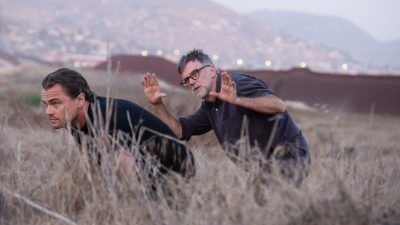
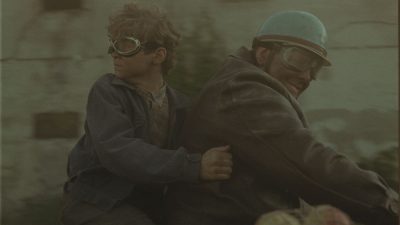




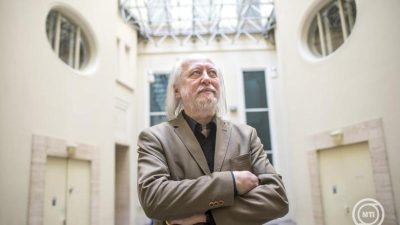





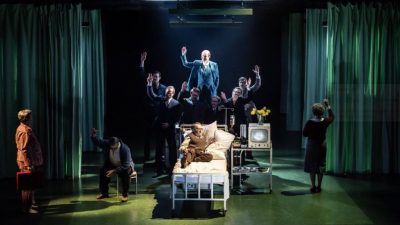


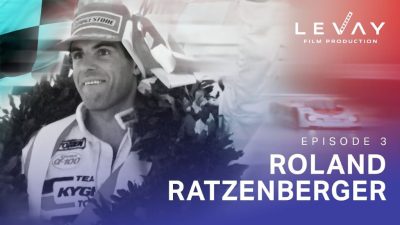










Comments